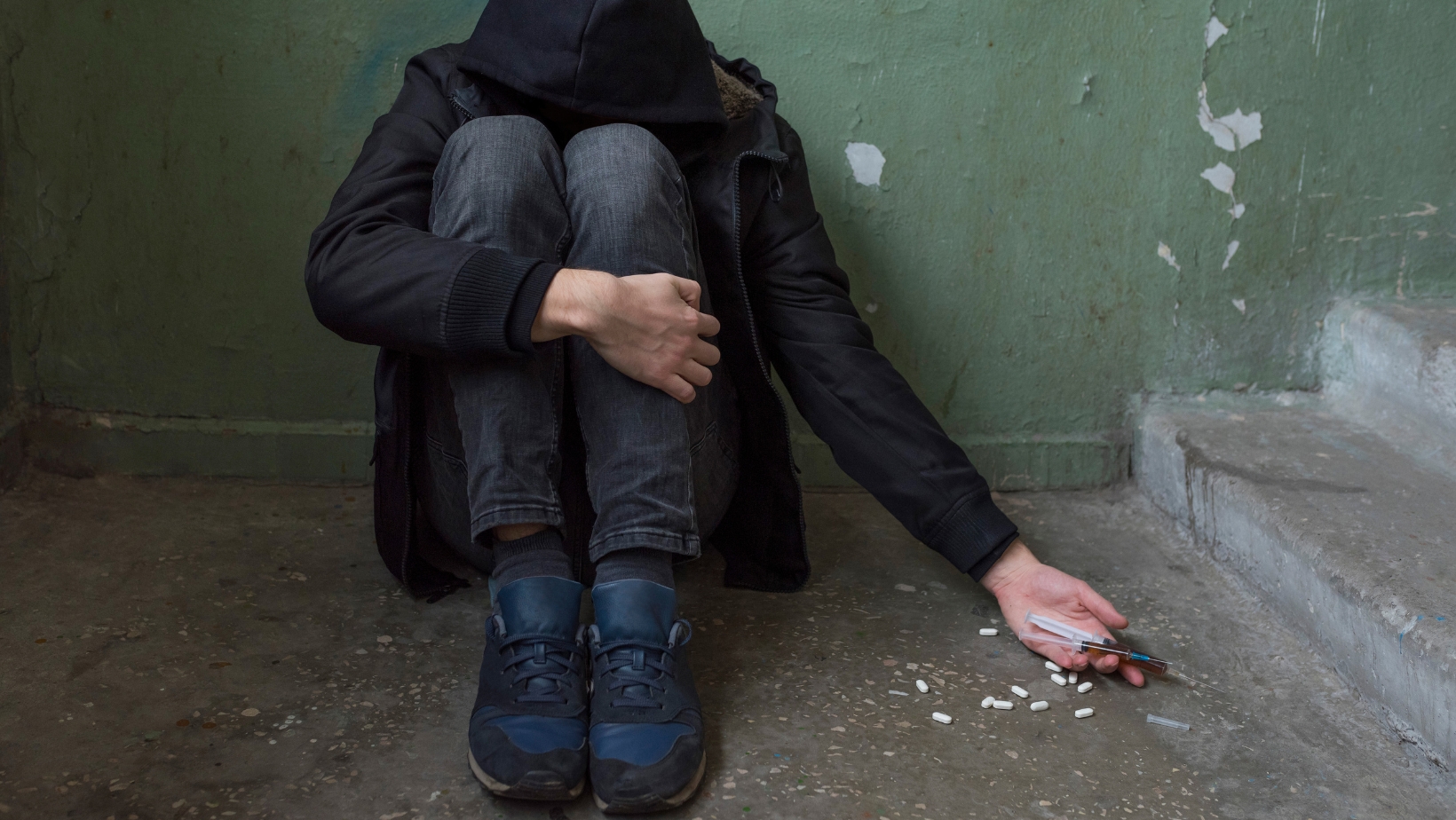
Find Out the Startling Factors on Safety as I Briefly Explain How Drug Use, Production, and Sales Pose a Threat to Public Safety.
Drug use, production, and sales pose a significant threat to our society. The rampant spread of illicit substances has far-reaching consequences, affecting individuals, families, and communities. As an expert in this field, I have witnessed the devastating effects firsthand and feel compelled to shed light on the gravity of the situation. In this article, I will delve into the alarming statistics, the underlying causes, and the potential solutions to combat this pressing issue.
Briefly Explain How Drug Use, Production, and Sales Pose a Threat to Public Safety.
Drug use, production, and sales pose a significant threat to public safety. The widespread availability and consumption of illicit substances have devastating effects on individuals, families, and communities.
Drug use contributes to a range of health issues, including addiction, mental health disorders, and even death. Substance abuse not only harms the physical and mental well-being of individuals but also puts a strain on healthcare resources and systems. The consequences of drug use extend beyond the individual, affecting families and communities through increased crime rates, violence, and strained relationships.
Drug production is a dangerous and illegal industry that fuels the distribution of illicit substances. The manufacturing and cultivation of drugs involve hazardous chemicals and processes that pose a threat to the environment and public safety. Additionally, drug production often involves criminal organizations that engage in violence, corruption, and organized crime.
Drug sales perpetuate the cycle of drug abuse and contribute to the growth of criminal networks. The illegal drug trade generates substantial profits for these organizations, allowing them to expand their operations and influence. Drug sales also lead to an increase in drug-related crimes, such as theft, assault, and drug trafficking, further compromising public safety.
The threat of drug use, production, and sales cannot be underestimated. It undermines public safety, strains healthcare systems, and perpetuates criminal activities. Addressing this issue requires a comprehensive approach that includes prevention, treatment, and law enforcement efforts. Through targeted strategies and community collaboration, we can strive to reduce the impact of drug abuse and create safer, healthier communities for everyone.

The Rise of Drug Use
Factors Contributing to the Increase in Drug Use
The increase in drug use poses a significant threat to public safety. It is crucial to understand the factors that contribute to this alarming trend. Several key factors have been identified:
- Socioeconomic Factors: Economic disparities, unemployment, poverty, and lack of access to education and healthcare can create an environment conducive to drug abuse. Individuals facing these challenges may turn to drugs as a means of escape or self-medication.
- Peer Pressure: Peer influence plays a significant role in drug use initiation and escalation. Social groups that promote drug use can lead individuals down a dangerous path, especially during vulnerable stages of life such as adolescence.
- Mental Health Issues: Drug use often co-occurs with mental health disorders. Individuals struggling with conditions like depression, anxiety, or trauma may turn to drugs as a coping mechanism. Unfortunately, this can exacerbate their mental health issues and create a vicious cycle of addiction.
- Easy Access: The availability and accessibility of drugs contribute to their increased usage. The rise of the internet and the dark web has made it easier for individuals to obtain drugs discreetly, bypassing traditional law enforcement efforts.
The Impact of Drug Use on Society
Drug use has far-reaching consequences that extend beyond individual users. Its impact on society is significant and poses a threat to public safety. Here are some key aspects to consider:
- Healthcare Burden: Substance abuse places a strain on healthcare resources. Individuals suffering from drug addiction often require medical intervention, rehabilitation programs, and mental health support. This places a burden on healthcare systems, diverting resources away from other critical needs.
- Crime Rates and Violence: Drug use and addiction are closely linked to increased crime rates and violence. Addicted individuals may resort to illegal activities to support their habit, such as theft, drug trafficking, or involvement in organized crime. This perpetuates a cycle of violence and poses a threat to the safety of communities.
- Family and Social Disruption: Drug addiction can tear apart families and communities. It can strain relationships, lead to neglect of responsibilities, and create instability in households. Children growing up in environments affected by drug abuse may suffer from neglect, trauma, or exposure to violence.
- Economic Impact: Drug abuse has a negative impact on the economy. It leads to lost productivity, increased healthcare costs, and strains social welfare systems. Additionally, drug-related crimes and the need for law enforcement efforts to combat drug trafficking further drain resources.
Combating the drug problem requires a comprehensive approach that encompasses prevention, treatment, and law enforcement efforts. By implementing effective strategies for reducing drug use and enhancing international cooperation to combat drug trafficking, we can work towards a safer and drug-free society.





